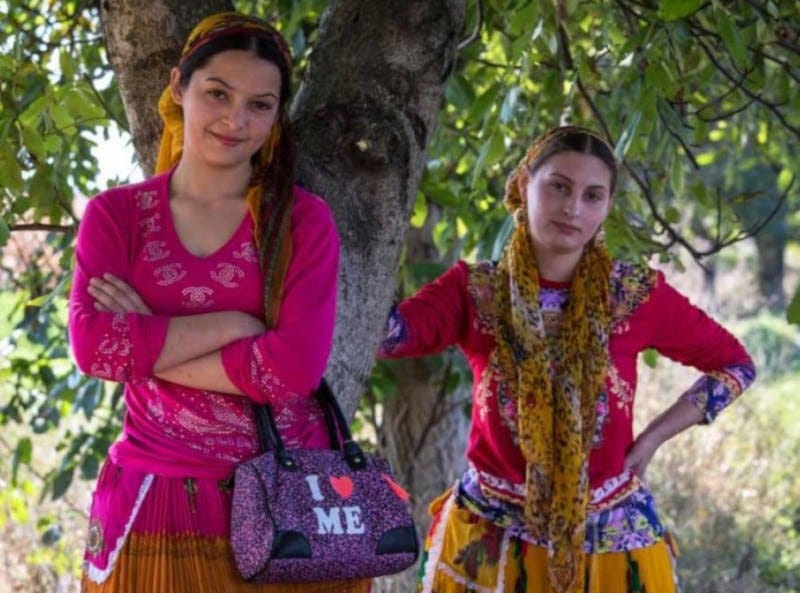Outcast as I wanna be, part 1 of 2
1,000 years of Romani survival, a genetic tale
Also, see Outcast as I wanna be Romani survival, and the power of culture. Part 2 of 2
Join me in a Clubhouse room or catch me on a podcast and there’s no disguising it: I am a very American guy. But browse my genetic results and there is only one possible, entirely unrelated interpretation: these genes are 100% Bengali and can be pinpointed to my parents’ precise ancestral districts. The culture I embrace and the genes I carry sharply diverged almost four decades ago when I set foot in an American kindergarten. My half-Bengali kids’ genetic profile might be more exotic, but culturally there aren’t even any paths diverging in the woods for them. Their culture and their accents are both “broadly American” and the fact of their genetic partial “Indian-ness” comes up at most as a detail on demographic sections of forms.
But both culture and biology drive human evolution. In my case, any loyalty I have is to the broader culture that shaped me, not to the accident of my ancestry. I am wholly assimilated into a culture where I’m a genetic minority. And odds are that the ever shorter threads of my DNA that wend their way into the future, generation over generation, will do so alongside novel alliances of genes that resemble my complement less and less with every recombination event. In the long run, my specific genetic disappearing act isn’t really much faster than anyone else’s.
But what if instead, I had wanted to keep to my parents’ culture and my genetic kind? What if I were among a group of South Asian migrants who wanted to remain culturally apart, an island standing aloof in the sea of European culture and genetics? How long could we last? What would be our key strategies to avoid being absorbed?
Well, history has been running this experiment for around a millennium. Across Europe, a set of societies remain apart, still instantly recognizable 1,000 years on, both culturally and genetically. Across Europe, today they answer to various local names, including Roma, Romanichal, Kale, Gypsy and Gitano, but are broadly called Romani. Most of their ancestry is European, but the defining elements of their culture bear all the hallmarks of their distant Indian origins. Their language, religion, and social customs all have a clear basis in subcontinental societies, despite centuries of mixing with others. The Romani language is Indo-Aryan, the Romani word for the Christian cross is the term for the Hindu god Shiva’s trident, and their interaction with outsiders is marked by casteist segregation and taboos on pollution. Though radically transformed, the South-Asian basis of their culture is clear to anyone who chooses to look. They are a classic illustration of disparate forces of evolution at work.


